Ethical jewelry entrepreneur Amina Okpukpara is devoted to championing gems and talent from her native Nigeria and other African countries.
Amina Okpukpara is on a mission. Not unlike her namesake, the powerful Queen Amina who commanded a vast army that expanded her kingdom in the 16th century, Okpukpara has emerged as a leader in her own right — in this case, of the Nigerian gem and jewelry industry. At the same time, she advocates for artisanal miners in her home country and across Africa by, among other things, promoting awareness and appreciation of Nigeria’s natural resources and talent.
“In Africa, as in other parts of the world, gemstone mining is largely carried out by artisanal miners, often in unfortunate conditions,” says Okpukpara, who is known to her friends simply as Mina. In 2015, after working for several years in the gem sector, she launched her jewelry company, Mina Stones. “We have been promoting the mining sector with a focus on ethical jewelry and gemstones for years but have barely scratched the surface. There’s still so much work to be done, and we are happy to be part of it.”
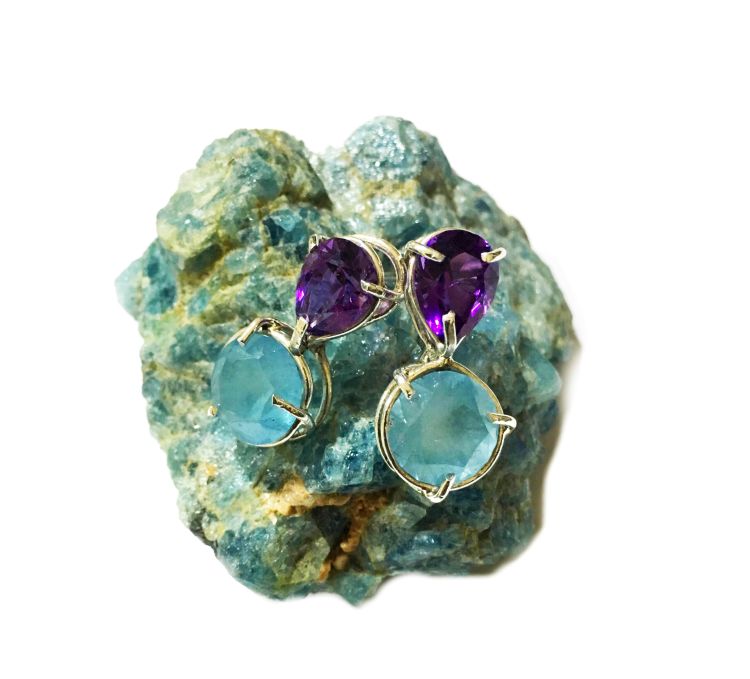
Connecting to a heritage
Her primary impact is in the way she approaches the supply chain as a whole. “Our materials are not just anonymous gems or metals,” she explains. “They come from somewhere — a country, a region, a local community — from people whose livelihood depends on what they pull out of the ground. These people should be respected and treated fairly.”
Okpukpara doesn’t just talk the talk; she walks the walk. Her jewelry consists of responsibly sourced gems from Nigeria and other African nations, and fair-mined or recycled gold and silver.
“The jewels are handcrafted in our Mina Stones workshops,” she says. “My country has many types of gems, including various colors of garnet and tourmaline, as well as amethyst, ruby, sapphire, morganite, aquamarine, emerald and many more. It also has many rich traditions, which serve as inspiration for many of my designs.”
Some of her creations incorporate nsibidi markings — ancient symbols indigenous to southeastern Nigeria — and Ife scarification, a traditional form of scarring used for beautification or to denote status. “These designs have a distinctive identity that connects the wearer to generations of heritage and culture,” she comments.
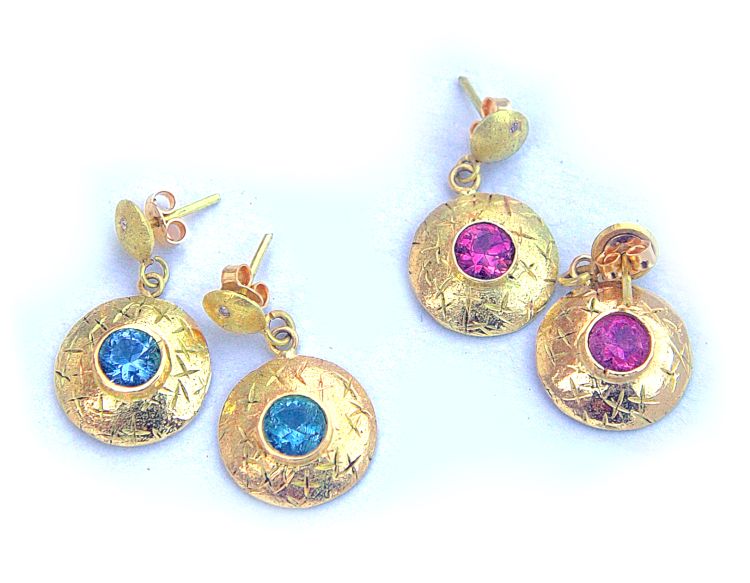
An industry pioneer
Born in the Nigerian capital of Abuja, Okpukpara was raised to value hard work. “My parents instilled in me that anything was possible though effort,” she recalls. Although she appreciated gems from a young age, she earned her bachelor’s degree in information and communication engineering at Covenant University in Ota, Nigeria. She then went to the UK for a master’s program in e-business and innovation at Lancaster University. Yet the pull of stones drew her to California, where she received her graduate gemologist degree at the Gemological Institute of America (GIA) in 2018, becoming one of the first certified gemologists in Nigeria.
Along with her skill and knowledge came responsibility, motivating her to take on the role of advocacy pioneer for the Nigerian gem industry. “The unstructured nature of the industry, lack of data and unimplemented policies make the process of finding solutions to the sector’s problems very challenging,” she laments. She spearheads a number of projects and conversations with industry stakeholders to learn about the problems in the supply chain, and works to solve them — beginning with artisanal miners and their communities.
One of her most important efforts has been cofounding and directing the African Gems and Jewellery Exhibition and Seminar (AGJES), which brings together representatives from government, the private sector, and development agencies. The AGJES’s major objectives are to increase affiliations among various agencies; educate and help artisanal and small-scale miners; promote joint ventures with foreign investors; and provide resources, knowledge and training to the local industry. Okpukpara also personally mentors up-and-coming gem and jewelry professionals in Africa.
The African industry’s challenges affect her own company as well, since she insists on ethical sourcing. “We sometimes have problems accessing certain markets, and there is often a skill gap in various sectors across the value chain. We also constantly have issues with seasonal production of traceable gemstones, because the small mines don’t produce all year, which makes it difficult to meet demand for certain pieces.”
Other hurdles Mina Stones faces arise from ongoing political troubles in Nigeria. But perhaps the greatest challenge of late has been Covid-19. “We shut down sourcing and production for months,” Okpukpara relates. “During this period, however, a few friends and myself were able to raise funds to support some artisanal and small-scale miners, which included finding buyers for their stones, thus allowing the miners to put food on the table.”
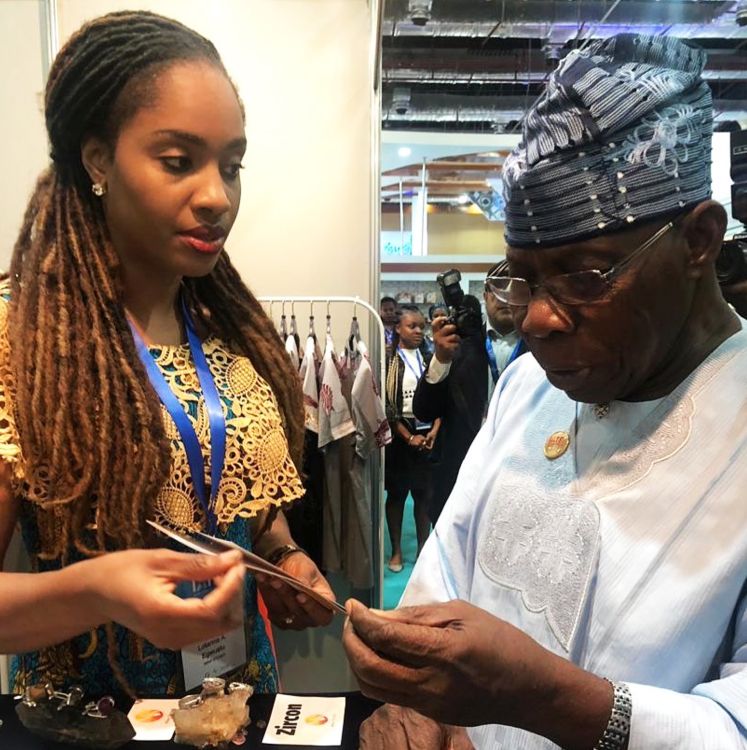
Getting the word out
With friends encouraging her to showcase her products in the US, Okpukpara exhibited at the JCK Tucson show in February 2020 and saw positive results.
“It was clear that many American retailers and consumers are looking for responsibly sourced gems and ethical manufacturing,” she says, adding that many potential clients have found her on social media, where she is active. “Those we met in Tucson like our original designs and are open to working with people who want to make a positive impact on the industry.”
This year, she will begin collaborating with other designers who share her philosophy, and with organizations that want to help build and promote the Nigerian and African gem supply chains.
“It’s been nearly a decade since we started this amazing journey,” the former engineer muses. “Nigeria and Africa are endowed with fabulous gemstones and talented people.” And Okpukpara is eager to share them with the world.
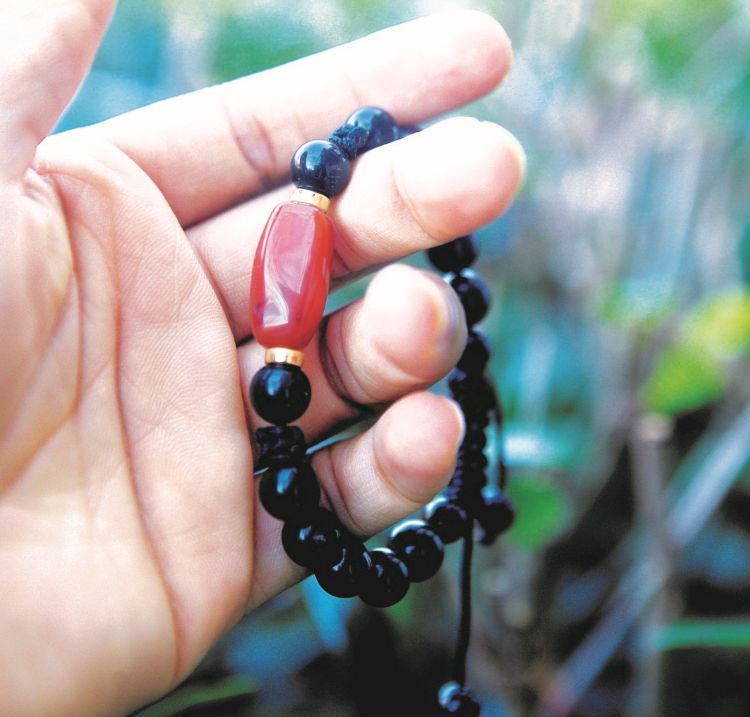
Main image: Founder of Mina Stones, Amina Okpukpara.

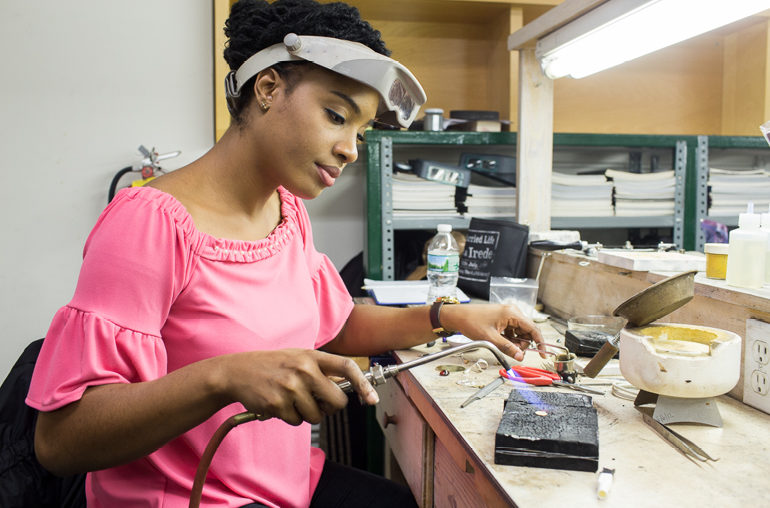

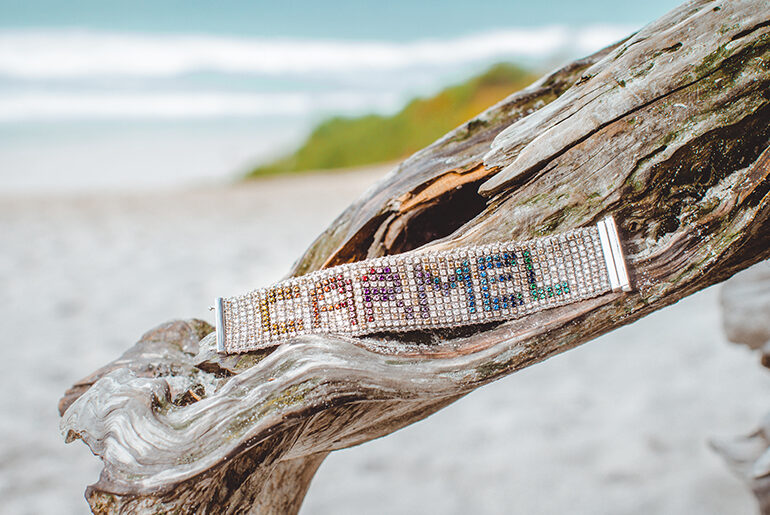

1 Comment
I genuinely enjoy reading on this internet site, it contains great blog posts. “Beware lest in your anxiety to avoid war you obtain a master.” by Demosthenes.